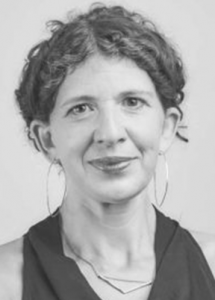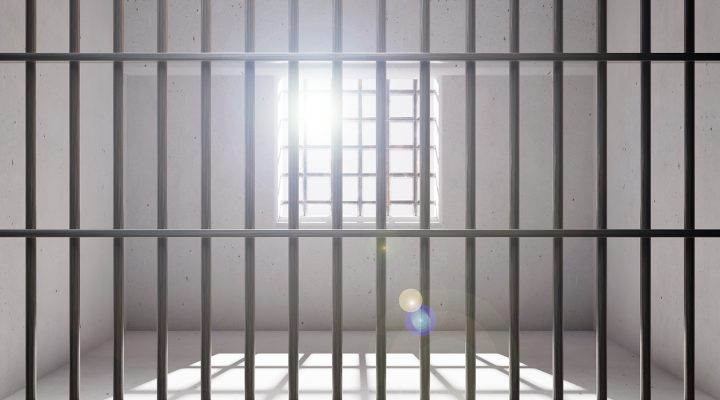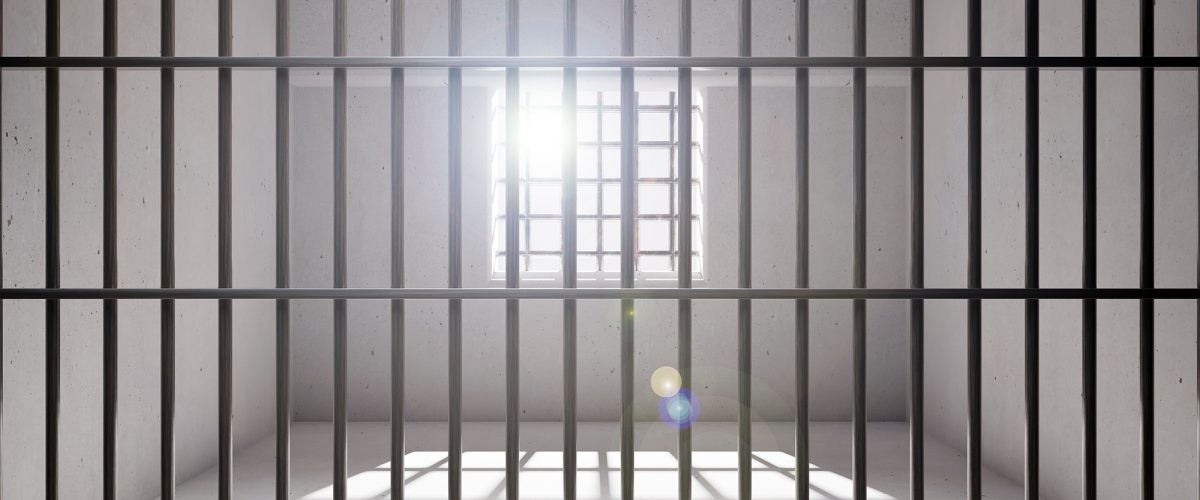The nation’s criminal legal system fails to lower crime rates or bring healing to victims and communities because its chief aim is retaliation instead of restoration, according to an expert on alternatives to mass incarceration.
Courts, jails and prisons utilize shame, isolation and exposure to violence as a means of retribution for crimes that may or may not have been committed by the accused, said Danielle Sered, executive director of Common Justice, a New York-based organization that operates restorative justice programs.
Many of those subjected to incarceration in the U.S. emerge worse off than before serving their sentences, Sered said during a recent “In the Movement” webinar hosted by Equal Justice USA’s Evangelical Network.
“The only non-negotiable in our response to violence in this country is revenge.”
“The only non-negotiable in our response to violence in this country is revenge. We value it more highly than everything else. If a survivor says, ‘I want a restorative justice process,’ the district attorney or the court in most places in this country will say, ‘Too bad. We’re locking them up,” said Sered, author of Until We Reckon: Violence, Mass Incarceration, and a Road to Repair.
The punishment-focused approach to crime is much like trying to douse a house fire with gasoline, then being surprised when the flames get worse, she said. “And we don’t care because we still want blood, we still want our pound of flesh, and we want that at any price. We want that even when we know that’s going to make the survivor feel worse. We want it even when we know it’s going to make that community less safe.”
The consequences of putting revenge before offender and community restoration are devastating and widespread, said EJUSA’s Sam Heath, webinar moderator.

Danielle Sered
While the United States has about 4% of the world’s population, it holds 20% of the world’s prisoners. That boils down to about 2 million people plus another 3.7 million serving parole or probation. About 5,000 jails and prisons and 1,300 juvenile detention centers are in operation nationally, and roughly one in 50 children have an incarcerated parent, Heath said.
Meanwhile, a great deal of the offenses committed in the U.S. go unresolved, including through failed prosecutions, he added. “About half of violent crime within this country goes unreported, and about 70% of survivors of sexual violence don’t report it to the police. And of those 70%, only about 5% end in an arrest. And again, we can question if that’s the goal anyway. And of those, less than half of those end in a conviction.”
The violence experienced behind bars is scarring for life, Sered said. “If they’re convicted and incarcerated, they are sent far from everyone they love and locked somewhere where they are most often tortured, assaulted, sexually assaulted, but at the very least separate from all the people who mean everything to them in the world.”
Almost never are they engaged in discussions about their crimes or how they could make restitution to their victims and communities, which in turn leaves crime victims and survivors yearning for closure through retribution, Sered said, pointing out a major flaw to that approach: “Our bodies don’t heal through others’ suffering. They heal through our own healing. And over time, as survivors, we come to demand the things that will actually release us from our pain, and we come to understand logically and often with great sorrow and disappointment that no amount of pain inflicted on the other person will deliver us from our own.”

Sam Heath
Heath added that very little in the nation’s criminal punishment system works well. If it did, the U.S. would be one of the safest places on the planet.
Sered agreed. “Not only would we be the safest place on earth, but the Black and brown neighborhoods where most of this punishment is concentrated would be these Edenic havens.”
To move in that direction requires using restorative justice methods instead of incarceration in certain criminal cases, both speakers said. They cited Common Justice as an example of such a program in New York.
With the consent of prosecutors and survivors, the organization takes perpetrators of violent crimes through a process that includes meeting with victims to acknowledge wrongs and to agree on how to make things right.
“They go through an intensive curriculum that examines their ideas about violence, their own experiences of it, the obligations they have in this instance, the needs that they have, what they need to transform in themselves to be able to not cause further harm,” Sered explained.
Participants spend a year in the program learning more about themselves and fulfilling agreements made with survivors.
“And if they’re successful, the felony charges against them are dropped and they don’t go to prison,” she noted. “And in the meantime, we provide wrap-around services to the people they hurt to help them come through what happened to them and in their lives.”
Fewer than 7% of participants have been terminated from the program and only one graduate in a decade has been reconvicted for a violent felony offense. “And that was for possession of a weapon, not the use of it,” she said. “If I could find one prison that produced those results, I’d go home tomorrow.”


